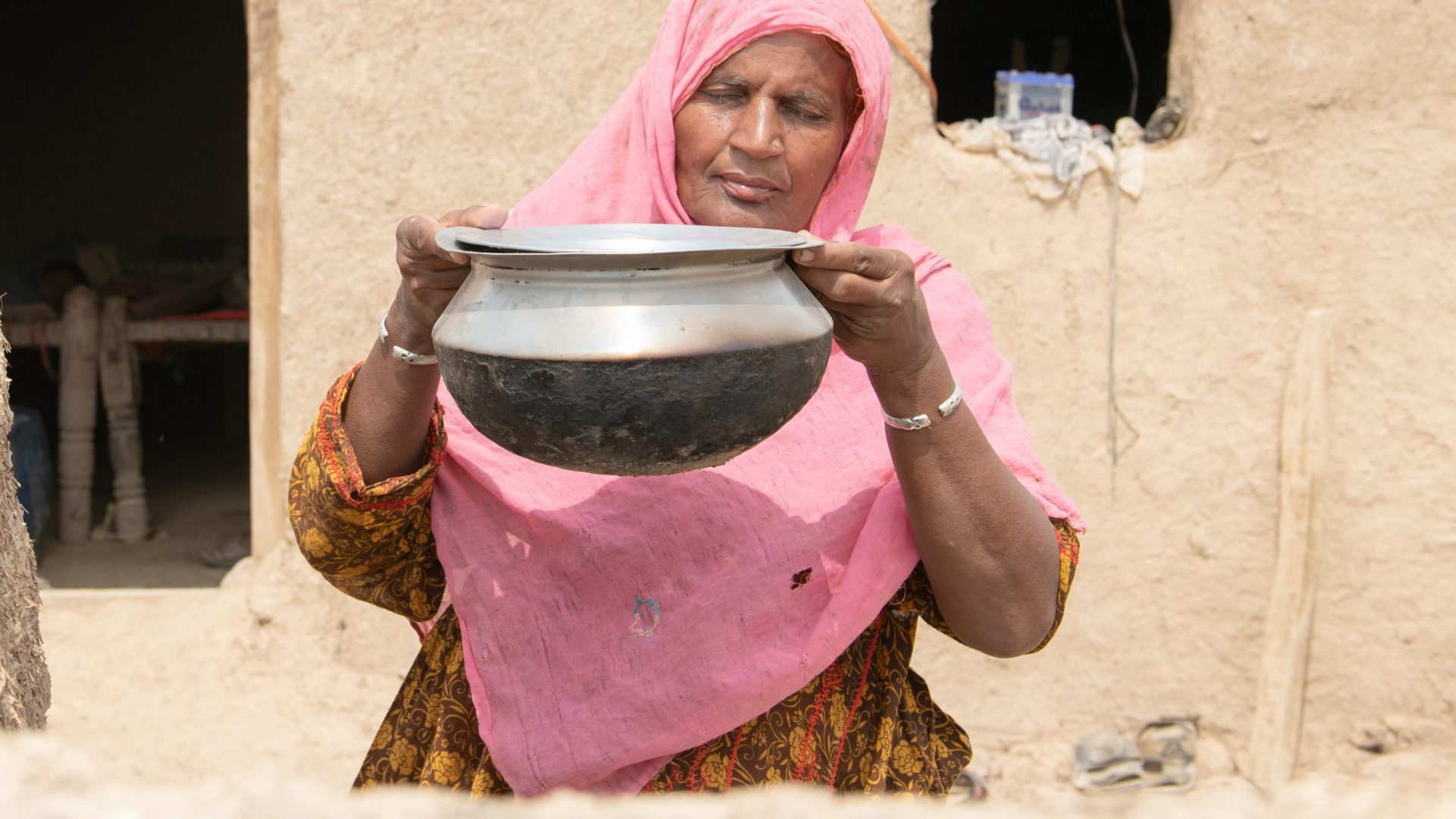For millions of women and girls around the world, access to safe water, sanitation, and hygiene (WASH) is more than just a basic human right – it’s a daily struggle. The burden of water collection often falls disproportionately on their shoulders, forcing them to travel long distances, compromising their safety, and limiting their opportunities for education, work and leisure.
To gain deeper insights into these challenges and explore solutions, I recently attended the “Water for Women: The Gender Agenda” conference hosted by WaterAid where speakers from WaterAid, Community of Women in Water and Diageo offered valuable perspectives on how to achieve a more equitable and gender-inclusive approach to WASH.
Women’s under-representation in decision-making
However, the challenge goes beyond the physical task. The conference emphasised a critical barrier: women’s underrepresentation in decision-making spaces. When women are absent from discussions on water resource management, sanitation facility design, and WASH programme planning, their needs and perspectives are often overlooked.
The consequences can be significant. Imagine a sanitation facility lacking proper lighting or a water point located far from where women work. These seemingly minor oversights can significantly impact women’s safety, dignity, and health.
This issue becomes even more complex when considering the impact of ageing and the intersectionality of gender and age. As women grow older, physical limitations can make water collection even more challenging. Tasks that were once manageable may become strenuous or even impossible. Additionally, age-related health conditions, such as urinary tract infections or incontinence, may necessitate more frequent use of sanitation facilities and an increased need for water to replace that which is lost.
Furthermore, traditional gender roles often place the responsibility of caring for older family members, including those with limited mobility, on women. This can significantly increase the burden of water collection and sanitation management, impacting their well-being and limiting their social and economic opportunities.
Solutions for equity
Solutions discussed by the panel included:
- Empowering Women Leaders: Programs that equip women with the skills and confidence to advocate for themselves are essential. Initiatives like leadership training and mentorship can pave the way for women to claim their rightful place at decision-making tables.
- Community-Centric Planning: WASH interventions must be designed with the users in mind. Including women in the planning process, from needs assessments to implementation, ensures solutions address their specific challenges and preferences.
- Small Steps, Big Impact: Change doesn’t have to be monumental. The panellists emphasised the power of small, targeted interventions. For example, ensuring proper lighting around sanitation facilities can significantly improve safety for women at night.
Bridging the gap: The power of gender budgeting
One crucial aspect that emerged from the conference discussions, though often absent in practice, is the concept of gender budgeting. Gender budgeting allocates resources specifically with women’s needs and priorities in mind. This ensures WASH programmes don’t simply pay lip service to gender equality but translate good intentions into tangible solutions.
Here’s how gender budgeting can make a difference:
- Targeted Investments: By allocating funds towards initiatives that directly address women’s WASH challenges, like providing safe water points closer to their homes or menstrual hygiene management facilities, resources are used more effectively.
- Prioritising Women-Led Organisations: Gender budgeting can support and empower women-led organisations working in WASH. These organisations often have a deep understanding of the specific needs within their communities.
- Monitoring and Evaluation: Gender budgeting necessitates clear monitoring and evaluation frameworks that track the impact of WASH programmes on women and girls. This allows for adjustments and ensures programmes are achieving their intended gender-inclusive outcomes.
The “Water for Women” conference served as a powerful reminder that achieving water security requires a gender-inclusive approach. By amplifying women’s voices, integrating their perspectives, and implementing gender budgeting practices, we can unlock sustainable solutions that truly empower entire communities. Let’s keep the conversation going and work together to ensure water remains a source of life, not a burden, for all.
This blog is written by Luke Tumelty, Programme Associate, Manager, HelpAge International

